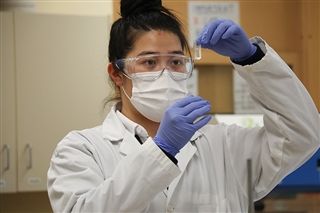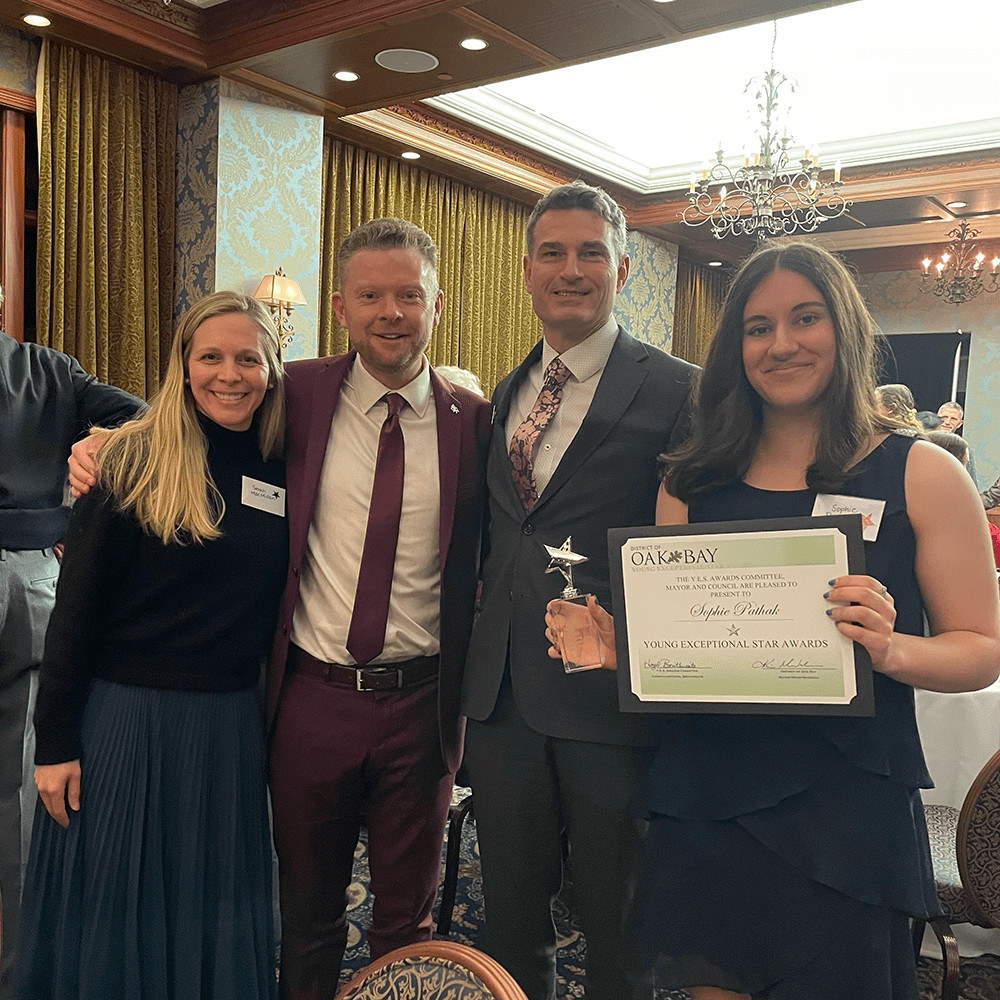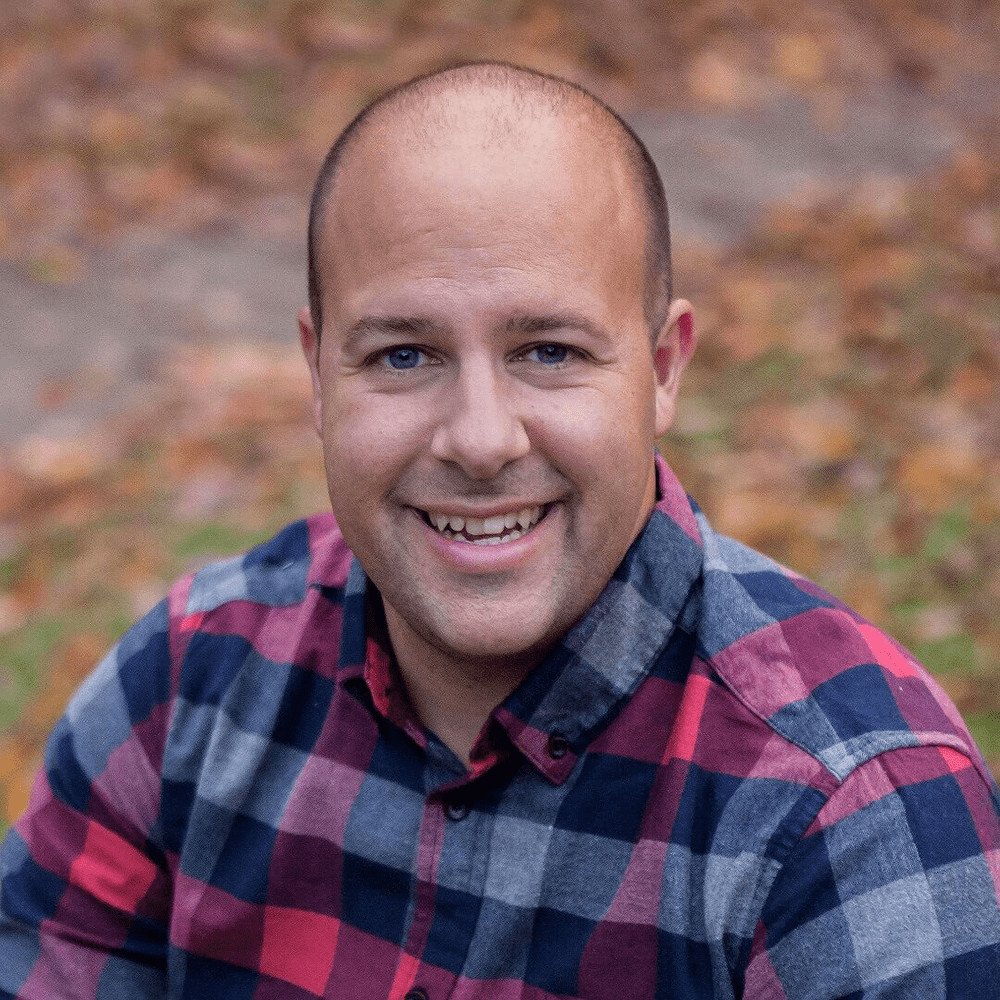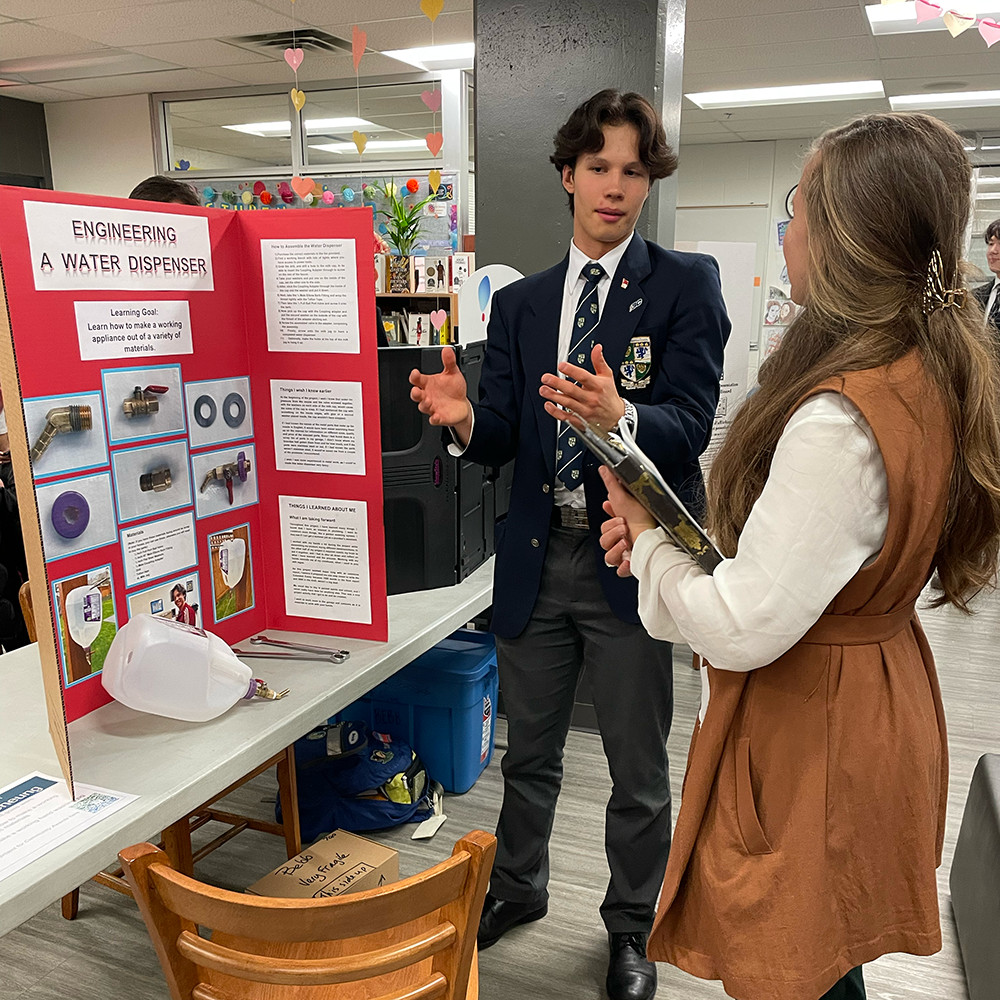IB Chemistry 12 students wrapped up their Independent Assessments (IA) just before Winter Break, after spending months working on their labs, which included finding research questions, designing a method and preparing a final report.
Izzy Berry tested how the roasting time of coffee beans affects caffeine content and pH. She used an extraction process using ethyl acetate as a solvent followed by iodometric back titration. In the end, she found that the longer the beans were roasted (in darker roasts), the more caffeine they had.
“It was harder than I thought it would be because it was a two-step process,” she explained. “But, I learned a lot, things I wouldn’t have learned if I didn’t do it on my own. I learned how to do an iodometric titration, which I didn’t even know what it was before, and I also had to do an extraction of caffeine first, which was very cool.”
Izzy noted she also learned a lot about working in a lab including safety methods and using materials properly. Over the course of her IA, she made changes to her original lab as she worked through the process.
“I went into it having a plan, but learned a lot about the science and how it changes—your plan never stays the same,” she said, adding that she found the process interesting.
“I learned a lot, which I liked, but I did find parts stressful, specifically figuring out what I wanted to do and there were some challenges I ran into while doing my experiment with the math and figuring out what I needed to find, but we were given a lot of time so I was never short for time,” she said.
Brian Lim’s IA was electroplating copper on metals to calculate Avogadro’s constant.
“I got an idea for this topic because I realized that Avogadro’s constant was utilized everywhere in chemistry. It’s everywhere in techniques, theory, and scientific knowledge, but we never learned how this constant was found in the first place,” he said. “I was curious about which way I could scientifically calculate this constant by myself.”
Throughout his lab, Brian tested aluminum, nickel, copper, brass and iron. From his results, he found aluminum worked the best.
“The most challenging part of the IAs is that my experiment was very time-consuming,” he said. “Even a slight error could have fluctuated my data a lot, too. This is electrical and very precise; even a small decimal fluctuation can change my data. I had to redo the trials multiple times in case something happened in the trials, and the trials took 45 minutes to an hour, and I had to do 15 of them.”
Huilin Shan chose to do her IA on how UV light radiation can affect the degradation of Vitamin B6. She chose B6 because it helps to change protein into energy. She noted it was a lot of work, especially in the beginning, but once she got going, she got into her stride.
“My experiment wasn’t as successful in proving anything,” she noted. “But, I learned a lot about Vitamin B6—it turns out the B6 pills have a lot of fillers in them. You don’t need a lot of B6 itself. So I had to dilute everything to get the basics, and filtering it was a lot of work.”
Huilin explained the filtering wasn’t as controlled as she wanted and led to most of her challenges. But, she did use a multitude of techniques to try to filter it after finding out B6 is temperature-sensitive.
“In the end, I got feedback from Ms. Dallin and once I handed it in, it felt really good and a rush of ‘you did it,’” she said, adding while it might have been tough, it was a good feeling when she was done. She also gave some advice for next year’s class.
“To the Grade 11s, it gets easier,” she said. “And before you start, research a lot.”
Way to go to all the Grade 12 IB Chemistry students for finishing their Independent Assessments!





